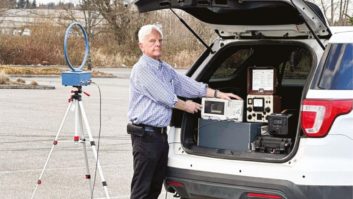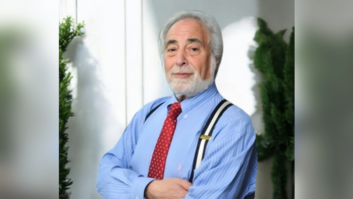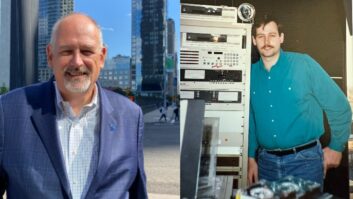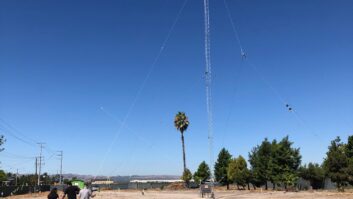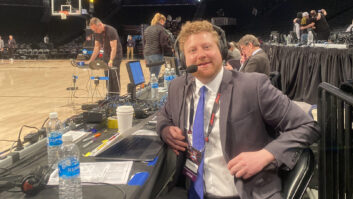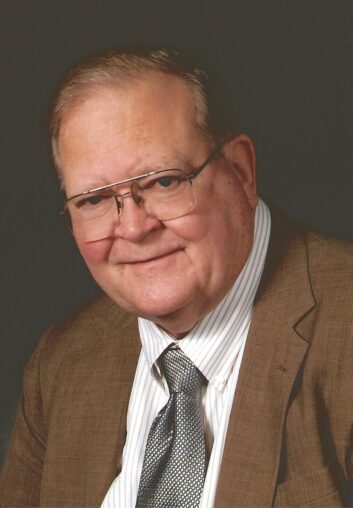
Jack Sellmeyer, one of American radio’s leading broadcast engineers in the second half of the 20th century and into the 21st, has died. He was 82.
Early in his career, he worked in manufacturing and design for the Gates Radio division of Harris Intertype and Collins Radio, where he gained several patents; he was the co-inventor of the patented automatic modulation sensitivity control. He later launched his own firm, Sellmeyer Engineering, and worked as its principal engineer.
“It’s a great thing to be able to do the work you love,” he told Radio World in 2009.
During his career Sellmeyer worked with or was mentored by some of radio engineering’s greatest names of the 20th century including Bob Silliman, Jules Cohen, Louis and Tom King, Ben Dawson, Don Everist and Bob duTreil Sr. He received the NAB Radio Engineering Achievement Award in 2009.
“Education is the key to success for any broadcast engineer,” he told Radio World late in his career.
“Jack was one of the best, smartest consulting engineers I have ever worked with,” said Cris Alexander, director of engineering for Crawford Broadcasting and technical editor of Radio World Engineering Extra.
“He was creative and could think outside the box. He was a master with AM antenna systems and knew how to make even difficult arrays work as they should. We have lost one of the greats.”
[Read his obituary posted by Turrentine Jackson Morrow.]
Tom King, chairman of the board of Kintronic Labs, said, “He was an exceptional man of integrity who was outspoken about those who were not following his same code of ethics.”
Growing up in New Mexico, Sellmeyer started as a board op at his hometown radio station while in high school. He held several chief engineer positions while putting himself through college at New Mexico State University and Arizona State University.
He joined Collins Radio Company in 1966 after graduating from Arizona State with a Bachelor of Science degree in electrical engineering. He worked in product support and then field service positions, traveling to radio stations that used Collins equipment to assist in troubleshooting unusual problems and restoring operations.
After a short stint with Granger Associates in its Bauer Broadcast Division, where he developed design specifications for a solid-state FM stereo exciter, Sellmeyer moved to the Gates Radio Division of Harris Intertype in 1969 and worked in the FM engineering department. “I enjoyed product design very much — the whole design planning process where you set the objective for a project and then actually see it in production and have success in the field,” he said later.
Sellmeyer developed new modulator and automatic frequency control modules for the TE-1 solid-state FM exciter to correct frequency stability problems. “It became the TE-3 exciter used in the entire Gates/Harris FM-XXH3 model transmitters,” Sellmeyer said.
Other projects for Gates/Harris included advanced development of high-power amplifiers and design work on the FMX-70 exciter.
Nationwide Communications hired him as chief of its Cleveland radio combo in 1970. He rejoined Collins Radio, which had been acquired by Rockwell International, three years later as senior engineer working on FM exciters and on 5 kW and 1 kW pulse-width modulated transmitters.
Rockwell International eventually sold the division to Continental Electronics in 1980. Sellmeyer then launched his broadcast engineering consulting firm.
He worked over the subsequent decades on AM allocations, FCC applications, transmitter plant design and construction supervision, and AM directional antenna design and measurements.
“One of his proudest industry achievements was the purchase and relocation of the 620 AM station from Wichita Falls, Texas, to New Hope, Texas,” his obituary states about this period. “He led a group in the purchase of the station, completed the complicated engineering to establish a new signal over the DFW market, and re-established the Big Band/Oldies format of KAAM that had previously disappeared from 1310 AM.”
He also contributed to NAB workshops and seminars related to AM directional antennas.
In 2014 the Texas Association of Broadcasters honored him as the first recipient of its George Marti Award for Engineering Excellence; the TAB said at the time that his ability to simplify complex issues for GMs, owners and others was a key trait of his career, especially in the area of AM directional antennas.
Read Radio World’s 2009 profile and interview.
Randy Stine contributed to this article.
